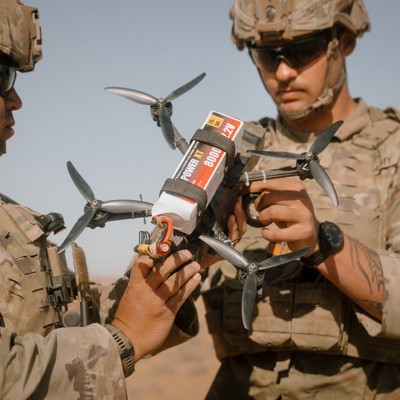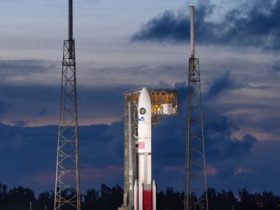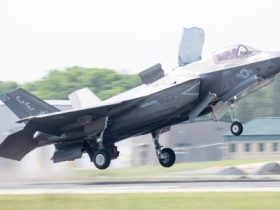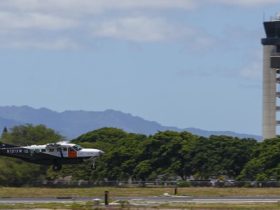The Pentagon wants to spend more than 20 percent more next year to research, develop, test and evaluate new technologies—but that increase would come from the Trump administration’s massive tax and budget reconciliation bill, leaving funding levels flat if Congress doesn’t pass it. And a lot of drone spending will likely hinge on that one-time funding.
The Defense Department quietly delivered its budget proposal documents to Congress on Tuesday with proposed spending for 2026: $142 billion for what is commonly referred to as RDT&E, plus $37.1 billion in the unusual addition of money that programs would get if the “One, Big Beautiful Bill” passes. Reconciliation funds typically have to be spent within a 10-year period.
Defense One obtained copies of several of the documents. The documents also arrived as top defense officials across services and the Pentagon testified before lawmakers this week.
At the service level, the Air and Space Forces would get the biggest increases in RDT&E funding—$62.2 billion and $29 billion respectively, according to the 2026 request. Reconciliation funds, if passed and appropriated, will give the Space Force approximately $13.6 billion more for tech than it spent last year. Without it, the service is slated to get $15.5 billion for 2026—$3 billion less than 2025.
The Army and Navy are slated to get $15.4 billion and $29.2 billion in 2026 RDT&E funds, including reconciliation dollars, respectively. Defense-wide spending would get $42.8 billion, with $416 million for operational test and evaluation.
Some highlights of proposed unmanned systems funding for next year:
Multirole drones
- $376.4 million for the Navy’s MQ-4C Triton, mostly for upgrades, in the 2026 request, down about $82 million from 2025.
- $305.5 million for the Navy’s Unmanned Carrier Aviation drones, or MQ-25s, up about $50 million from last year.
- $26.7 million for the Air Force’s MQ-9s, up from $7.1 million in 2025, but less than the $82.4 million in 2024.
- $3.4 million for the Army’s MQ-1 Gray Eagle, about half of 2025’s $6.7 million.
- $789.4 million for advanced component development and prototypes of the Air Force’s robot wingmen, the Collaborative Combat Aircraft. Without reconciliation, the 2026 budget would be $111 million—$600 million less than 2025 funding.
- $58 million budget request for CCA prototypes for the Navy.
Maritime drones
- $57.9 million for large unmanned surface vehicles through reconciliation funds, yielding a slight bump over 2025.
- About $39 million for Medium USVs through reconciliation, plus another $1.1 billion in procurement funds.
- $185 million for large unmanned undersea vehicles due to reconciliation, a jump from $40.5 million in 2024 and $6.9 million in 2025.
- $137.2 million would go to small and medium undersea vehicles from reconciliation funding, with just $4.8 million in the regular budget request. That’s up from $88 million in 2024 and $53 million last year.
- Just $47.1 million for unmanned undersea vehicle core technologies in 2026, a steep drop from $114.2 million in 2025.
Small sky drones and counter UAS
- $55.2 million for the Army’s counter small UAS systems development and testing, down about $4 million from last year, and $45.3 million for advanced component development and prototypes, down from $80 million in 2025.
- $143.6 million for agile development of the Army’s counter unmanned aerial systems, $187.5 million for unmanned aerial systems launched effects agile systems development, and $172.9 million for UAS launched effects agile development. There’s no funding data listed for prior years for these program elements.
- About $5 million for the Air Force’s offensive small unmanned aircraft systems.
Also of note: the Pentagon plans to increase its investment in software and digital tech pilot programs with the help of $233 million in reconciliation funds, for a total potential 2026 investment of $1.07 billion—a jump of more than 20 percent from 2024.
Classified programs overall could also get a modest $7.5 billion bump in RDT&E funds from reconciliation for a $43.9 billion total for 2026; up from $35.5 billion in 2025.
Read the full article here








Leave a Reply